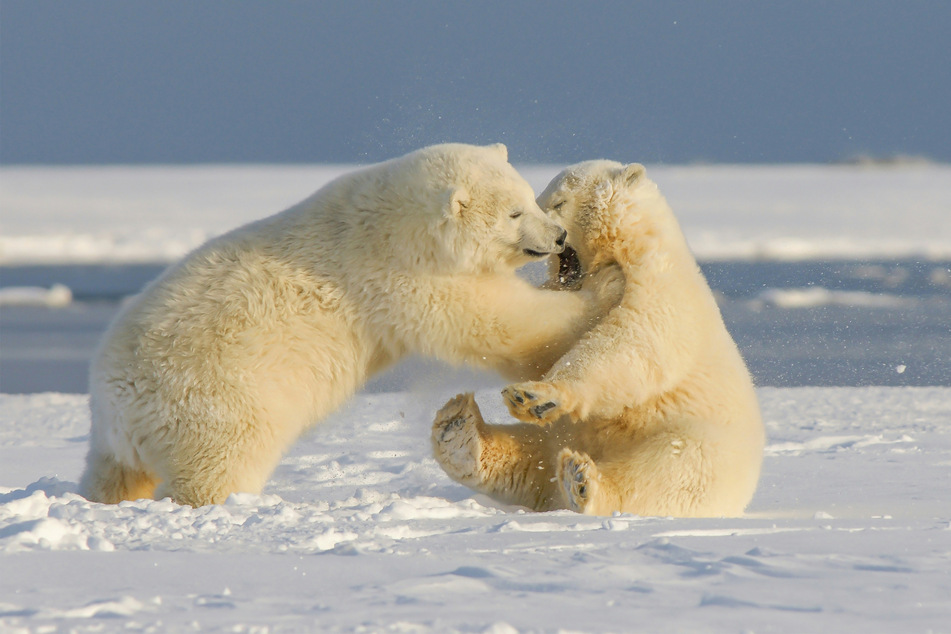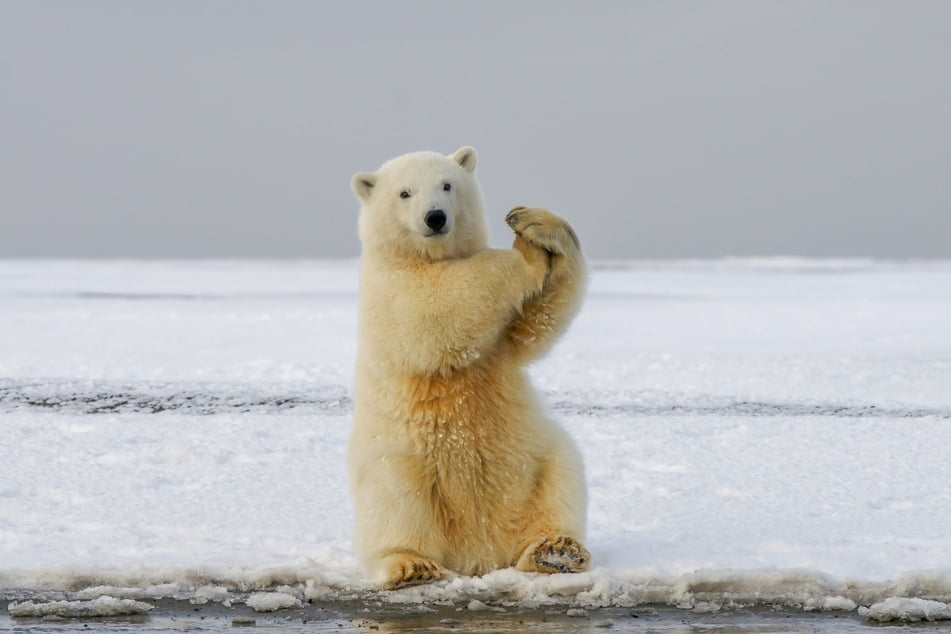Canada's polar bears may vanish due to climate change
Hudson Bay, Canada - A new study has revealed devastating news for Canada's polar bear population, as global warming continues to melt ice and destroy the natural habitat of these beautiful beasts.

Polar bears that hunt on the frozen-over eastern half of Hudson Bay need thick ice to support them.
But rising temperatures caused by global warming are chipping away at the sheet, thinning it until it will no longer be able to support the weight of these unique animals.
A new report headed by in the Communications Earth and Environment journal has revealed that if current climate targets are not met, the polar bears that inhabit Canada's Hudson Bay will disappear forever.
Temperature rises exceeding 1.6 to 2.6 degrees Celsius would reduce the number of months during which the bay is frozen over, meaning polar bears would not be able to store up enough nutritional reserves to survive the year.
"With longer ice-free periods already substantially impacting recruitment," the report explains, "extirpation [local extinction] for polar bears in this region may already be inevitable."
Polar bears may become locally extinct due to thin ice

According to the study, the polar bears of Hudson Bay are literally standing on thin ice.
The New York Times cited lead author Julienne Stroeve as saying: "We've known that the loss of Arctic sea ice would spell disaster for polar bears, so this might be the first subpopulation that disappears."
Stroeve and her colleagues looked at the latest IPCC climate models to take an estimate of when climate change-induced global warming would render the ice too thin to hold the weight of a polar bear.
To take this measurement, it was assumed that a polar bear needed an ice thickness of at least four inches to be capable of hunting efficiently on the ice. The models were then used to establish that if the climate targets fail, the ice will become simply too thin to hold their weight.
When combined with ever-growing ice-free seasons, it is expected that polar bears in Hudson Bay will eventually get to the point that their hunting prospects are so minimal that they will simply be unable to survive in the region.
"This extended ice-free period presents a significant challenge for polar bears, as it restricts their hunting opportunities for seals and their ability to accumulate the necessary body weight for successful reproduction," the report said.
Andrew Derocher, a professor of biological sciences at the University of Alberta, even cast doubt on the four-inch estimate.
"Ten centimeters is pretty thin," he explained. "I can’t land a helicopter on that ice. It needs to be about twice that thick for polar bears to be really using it."
"Our best analysis is that we’ll still have polar bears until the end of the century... But that’s very unlikely in Hudson Bay."
Cover photo: Unsplash/Hans-Jurgen Mager